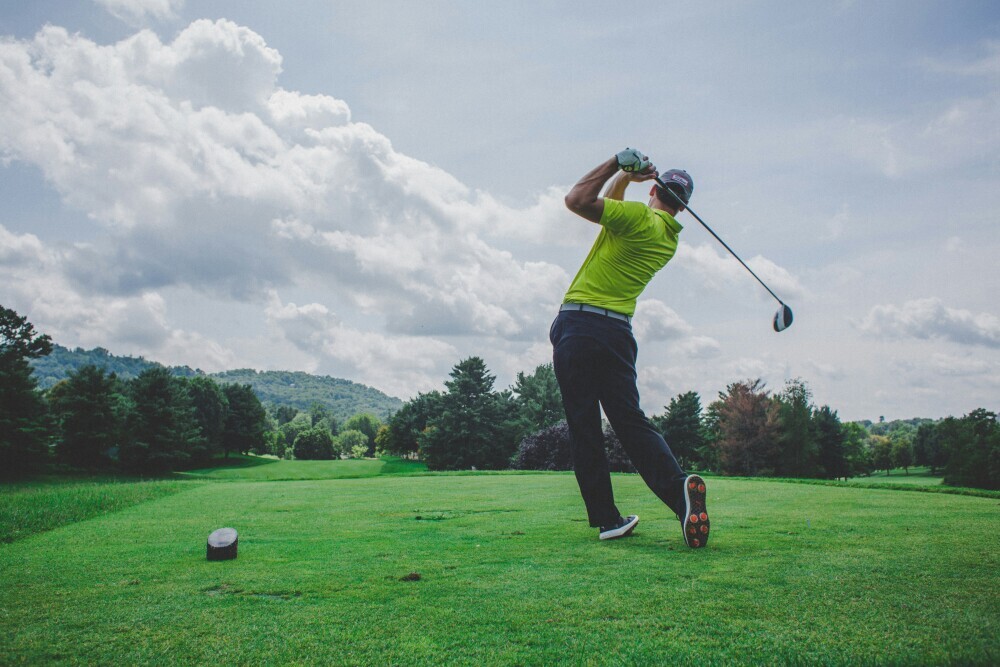What Is A Putter In Golf?
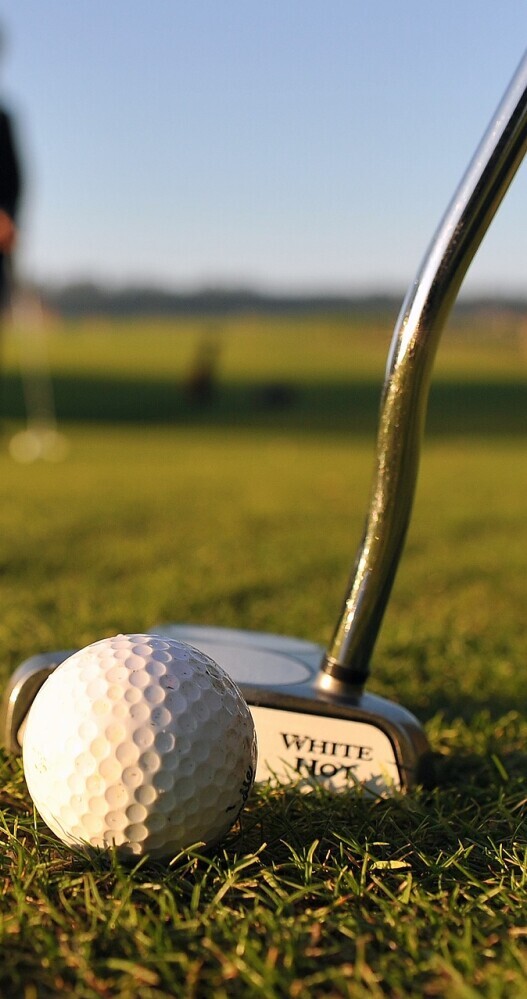

Fore! Quick note: a few links here are affiliate links. If you snag gear through them, I earn a small commission — no extra strokes added to your game.
Alright, so you’ve probably seen golfers obsess a bit over their putter. And honestly, for good reason. A putter is one of the most critical clubs in a golfer’s bag, vital for those all-important final strokes on the green. The golf viking is here to help you figure out what a putter is and how it’s going to help your golf game.
So, what’s a putter in golf? Well, it’s a specialized club designed to roll the ball smoothly into the hole from a short distance away. It’s the go-to tool when you’re on the green, trying to sink that clutch putt. Different from other clubs, putters have a flat face which makes them perfect for those precise, low-speed shots.
Let’s take a quick trip down memory lane: Putters have been around since the early days of golf itself. Back then, putters were simple wooden clubs. Over the years, they’ve evolved dramatically, incorporating new materials and technologies. The putter has truly come a long way from its humble beginnings. Now there is a real science to designing and making a putter.
Every golfer, whether a casual weekend player or a seasoned pro, relies heavily on their putter. Why? Because nearly half of a golfer’s strokes in a round are putts. It’s not just about power; it’s about precision, control, and that fine touch. A good putter can make a huge difference in your game, turning near-miss disasters into triumphant victories. So yes, that putter is worth all the hype. The short game plays a big part and learning how to make the most out of your putts will help you immensely on the course.
The putter is essential for scoring, so understanding what’s a par in golf? is important.
Ready to level up your golf game? Click here.
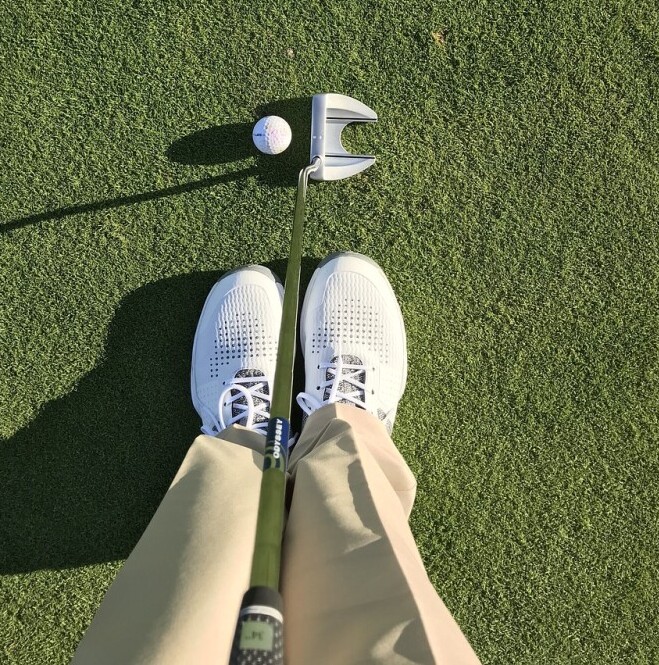
The Design and Functionality of a Putter
Ready to talk about what makes a putter tick? Dive into the details here, starting with the basic anatomy of a putter. You’ve got three main parts: the head, the shaft, and the grip. Each plays a role in making those putts count. So what’s what?
The head of the putter is where the magic happens. Typically made of metal, it’s designed to give you a stable, controlled roll. The shape can vary, but it’s usually flat-faced to strike the ball squarely. Different designs can help with balance and alignment – critical for those all-important putts. You will see golfers use all kinds of crazy golf heads on their putters, you will need to figure out which kind of putter works best for you.
The shaft connects the head to the grip and can be made from various materials like steel or graphite. Its length is crucial and varies depending on personal preference and putting style. It’s important to use a putter that is the right length so that you are in the best stance to putt.
Now the grip – often overlooked but super important. Grips come in different sizes and materials, helping you maintain a firm and comfortable hold. Remember, a good grip can steady the ship on those nerve-wracking putts. So try out different grips and get a feel for what is really comfortable for you.
So why is a putter designed this way? It’s all about precision and control, my friend. The flat face ensures a consistent roll, and the design elements like the weight distribution and alignment aids offer maximum accuracy. Whether you’re aiming straight or dealing with a tricky slope, the putter’s design has got your back.
Over the years, there have been tons of innovations in putter design. From blade to mallet shapes, perimeter weighting, adjustable lengths, and high-tech alignment systems, the putter keeps evolving. Each tweak aims to make it easier for you to get that ball in the hole.
It’s fascinating how much engineering goes into a seemingly simple club. But when it’s all said and done, a well-designed putter can feel like an extension of your arm, giving you the confidence to sink even the toughest putts. Let’s get into how to use this device.
Putting is a key part of your short game. Improve with our guide on to short game mastery.
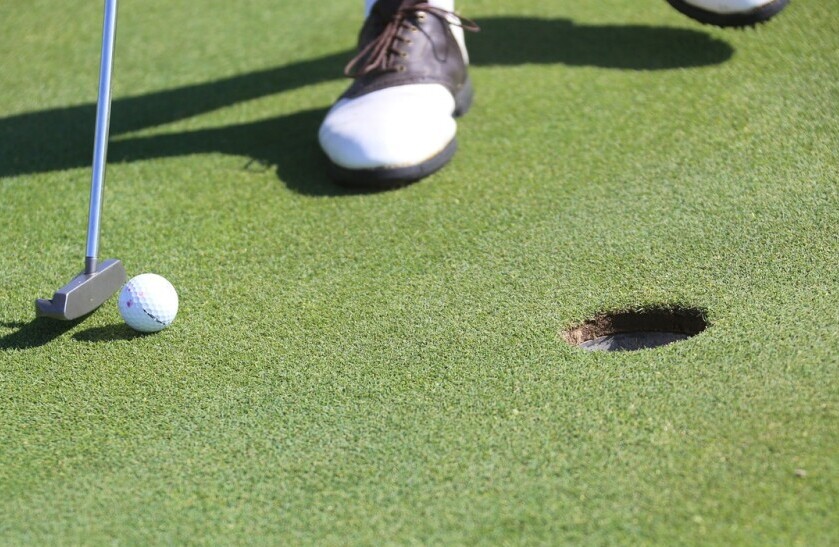
Mastering the Use of a Putter
Why do you need a putter in golf? Because it’s the club that does the delicate dance on the green, guiding your ball into the hole with precision. It’s not about powerful drives or great distance; it’s about finesse and control. The putter is the club you’ll use more frequently than any other when you’re on the green, making it essential for reducing strokes and sinking putts.
Getting the hang of putting can be tricky, but it’s definitely something you can master with practice and the right techniques. Start with your stance. Keep your feet shoulder-width apart and maintain a relaxed but firm grip. It’s crucial to keep your eyes directly over the ball; this helps with alignment and accuracy. When you make your stroke, think smooth and steady – a pendulum motion works best, using your shoulders rather than your wrists.
Here’s a pro tip: Focus on distance control. Many golfers get the line right but miss because they misjudge the distance. Practice hitting putts from various lengths so you can develop a feel for how hard to strike the ball. Another key point is to always follow through; your putter should keep moving towards your target after making contact with the ball.
Common mistakes? We all make them, but they’re easy to fix. One biggie is looking up too soon to watch where the ball’s headed. Keep your head down and trust your stroke. Another mistake is gripping the putter too tightly. A relaxed grip promotes a smoother stroke which is crucial for accuracy. Lastly, avoid decelerating on your stroke. Keep that pendulum motion smooth and even to maintain control and consistency. Having a good rhythm and letting your body control the motion will make you putts smoother.
Putting may seem simple, but it’s really where games are won or lost. Even small adjustments to your grip, stance, or stroke can make a big difference in your putting game. Embrace the nuances of the putter, practice diligently, and you’ll quickly see improvements in your game. Remember, the putter is your best friend when you’re on the green – treat it with respect and it will reward you handsomely.
Different types of putters can suit your stroke. Explore this in different types of putters in golf.
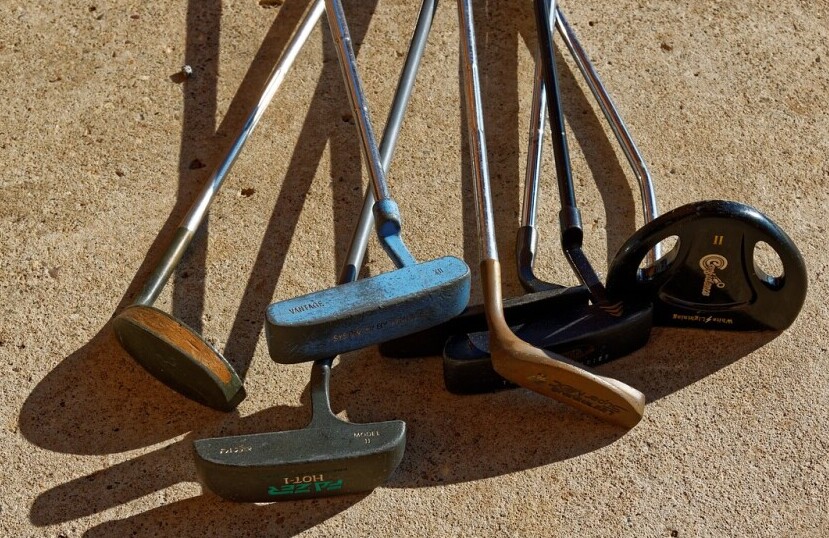
Exploring Different Types of Putters
Putters come in various shapes and styles, each with their own set of benefits and trade-offs. The two main categories are blade putters and mallet putters. Understanding the differences can help you choose the perfect one for your game.
Blade putters are the traditional design you see on many greens. They’re usually less bulky and provide excellent feedback. Highly favored by experienced golfers, blade putters offer precision but require a steady hand and a consistent stroke. If you’ve got a bit of a shaky hand, or if you’re new to the game, they might be a bit challenging to master.
Mallet putters, on the other hand, offer more forgiveness. These have a larger, more rounded head which helps with balance and stability. They’re generally easier to align, making them a go-to for many casual players. If straight and steady is your game, a mallet putter could be the way to go.
Each type of putter has its strengths. Blade putters excel in finesse and control, while mallet putters shine when it comes to stability and alignment. Your choice depends on your playing style and what aspects of your putting game you want to prioritize.
When choosing a putter, it’s worth spending some time at the pro shop trying out different types. Pay attention to how each feels during your stroke, and don’t hesitate to ask for advice from more seasoned golfers or the shop pros. Getting a feel for balance, grip, and feedback will guide you in finding the perfect fit.
In the end, the putter you choose should complement your style and feel like an extension of yourself. Investing time in selecting the right putter can pay off in a big way, enhancing your confidence on the green and helping you lower your scores. I’ll see you on the green, putting Jedi.
If you want a putter that will keep you ball true, check out our list for the most accurate putters.
